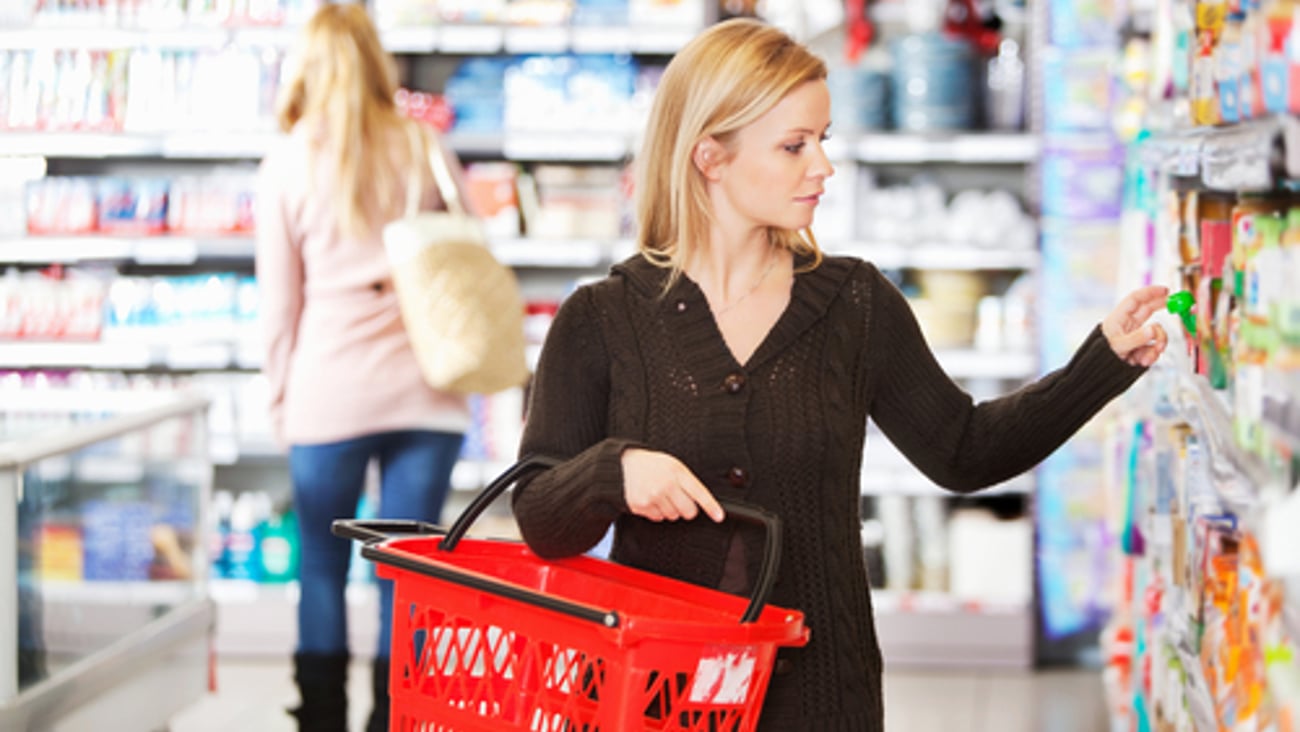Competing for dollars
Societal shifts have resulted in major changes in how Canadians prioritize not only their meal regimes, but also where they source their foods and beverages for these occasions.
Though the impacts of the COVID-19 continue as a force in many regions, pent-up demand across the country is building as consumers in many areas return to out-of-home dining enjoyment and experience.
Ipsos Foodservice Monitor’s (FSM) daily tracking of all out of home channels, reveals that weekly visit incidence improved considerably in December 2021 versus the lockdown period imposed in December 2020 as 26% more Canadians visited restaurants in our current phase.
While safety concerns naturally still exist, the desire to return to dining out is evident in the FSM Diner Optimism Scale, which shows a considerable improvement in visit demand to go out to restaurants and declining willingness to stay home and socialize virtually.
Shifting sentiment has potential business impacts for the entire food and beverage regardless of your channel priorities. Retailers don’t only compete for food dollars with other retailers. Therefore, it is critical to have revenue management strategies in place to preserve gains realized from mandated lockdowns.
Similarly, foodservice operators need to understand which occasions and traffic has been lost to the retail sector to set plans to sway consumers back with the right offer to re-ignite channel results.
Improving consumer outlook
Let’s dig a little further to assess improving consumer confidence.
With cautiousness easing—fewer adults reporting that they remain cautious with their daily activities (-32% vs. 2020)—the willingness to enjoy life more than ever is up by a whopping 29 share points. There is also a rising share of consumers working outside the home (+9%) which is an important factor when evaluating the daytime return to foodservice channels.
As fear and uncertainty subsides, all these signals point to improving consumer outlook.
Rising fatigue and boredom with cooking routines
When evaluating home cooking routines, boredom with daily tasks and meal repertoires is on the rise.
Meal preparers more often report that cost, health demands and necessity are driving daily cooking chores, as opposed to enjoyment and nurturing loved ones, which was more prominent in the early pandemic phases.
Cooking fatigue is also prevalent as Canadian cooks increasingly opt for assisted and aided meal solutions. Though most meal items remain home prepared, usage of partially homemade options and meal kits has increased versus the initial pandemic period.
Finally, motivations driving daily choices continue to evolve. Demand for the “4 E’s” is rising in prominence as consumers look to the return of Experience, Exploration, Energy and Entertainment to meet desire for expanded variety and global discovery.
QSR fared best through the pandemic
The quick-service restaurants’ (QSR) share of occasions increased during the pandemic period (+17%) driven by long embedded off-premises channel strategies like takeout, drive-thru and delivery.
Conversely, full-service restaurants (FSR), more reliant on the on-premises dining experience, have been gravely impacted by pandemic lockdowns, movement restrictions and labour shortages. Though delivery services have provided some assistance to beleaguered operators, traffic at FSRs remains down by nearly thirty-two percent (32%) versus pre-pandemic period.
Occasion impacts
Occasion losses at both QSR and FSR are most notable during the daytime hours, with lunch declines outpacing breakfast losses.
Breakfast occasion shifts to retail have increased the morning size of the prize as there are fewer occasions skipped and more items prepared at home.
The lunch occasion has lost some relevance during the latest pandemic phase, with more skipping, fewer social occasions and less dining out.
Dinner has been the primary focus of restaurant diners during restricted periods spurred by pick-up and delivery services supporting the ‘work-free nuclear night-in’ where consumers look to treat and indulge themselves.
Looking ahead
With a large ‘at home’ population supported by fewer ‘working’ Canadians (e.g., the rising share of retirees, homemakers, students and non-working individuals) and fewer consumers going out to work, home habits are certainly now imprinted in the consumer psyche after two years of lockdown.
Consider the evolving role of convenience. Ease, speed and on-demand availability, once the hallmark of foodservice channels, has increased as drivers of home choice. Today, meal preparers increasingly report that going to the fridge, freezer or pantry is easier than going out.
In order to set future growth strategies, it will be critical to understand how targeted daypart habits and functional and emotional priorities have evolved to hit the mark and find growth.
Compared to the pre-pandemic period, consumers demand more from meals today, with needs ranging from high-quality food experiences to discovery of new tastes and flavours that support expanding palates, added convenience and further opportunities for customization.
Originally published in the March/April 2022 issue of Convenience Store News Canada.





